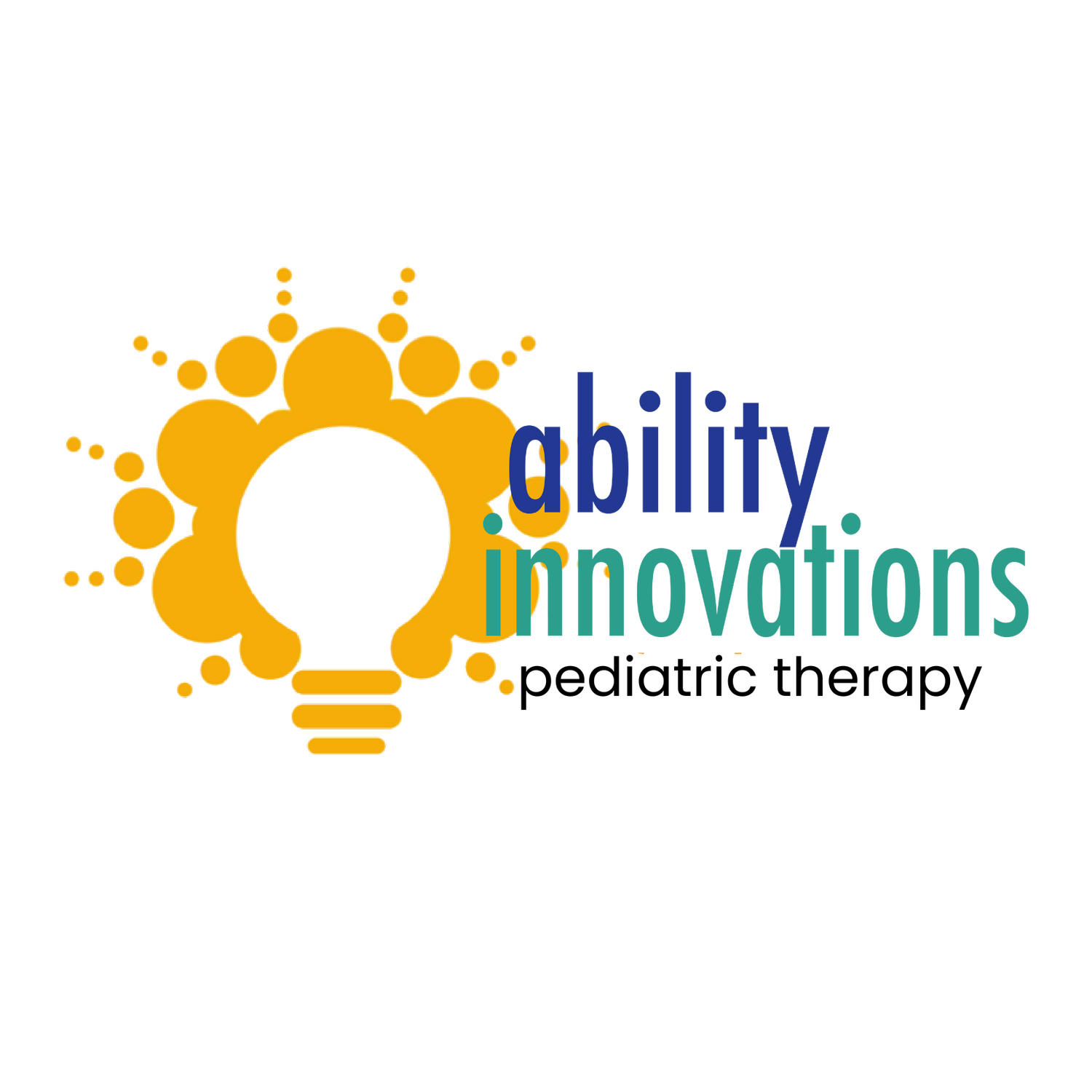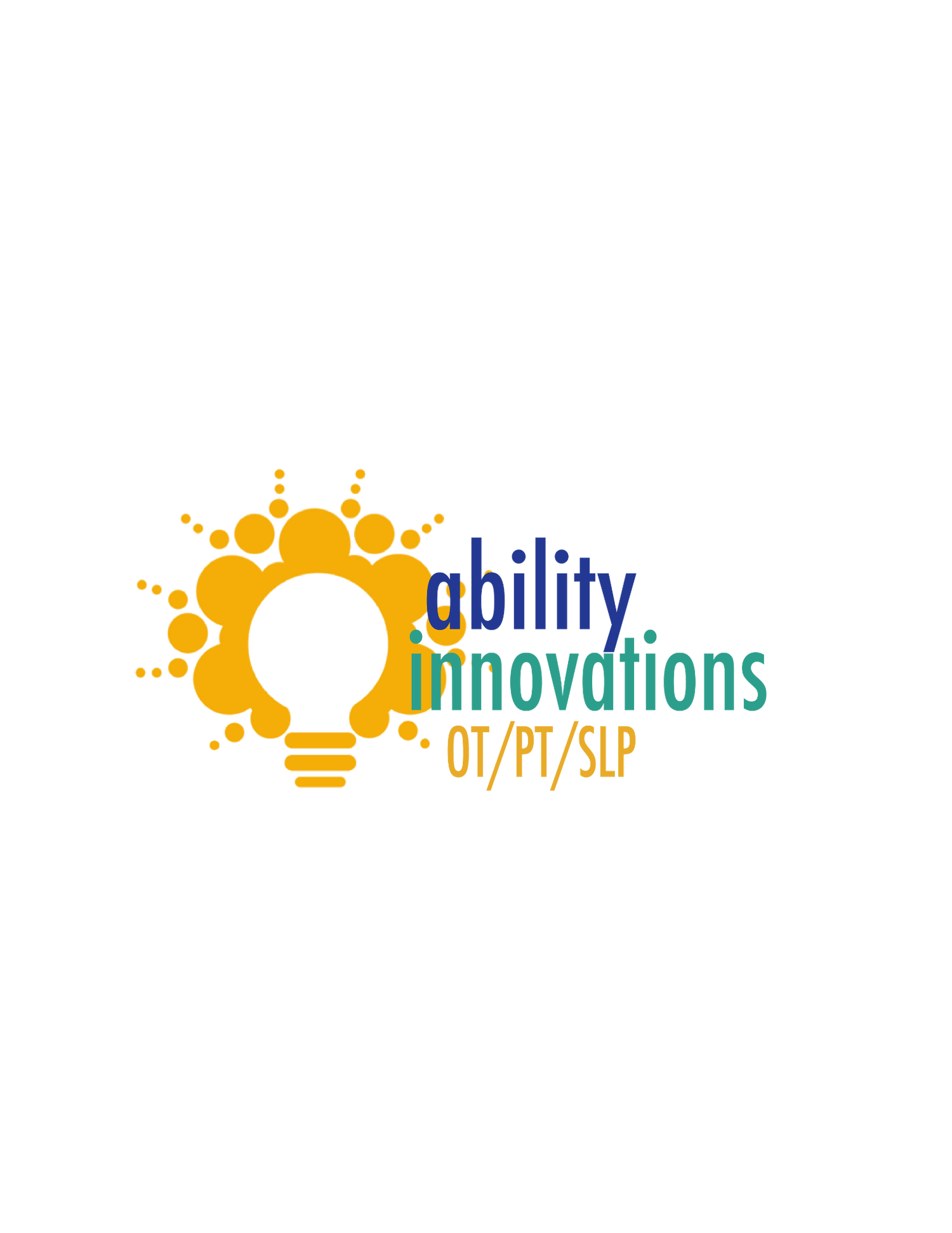SLP Insights from the NICU
Natalie Iverson, CCC-SLP
Becoming a NICU parent is a life-changing experience. As a speech-language pathologist (SLP), my journey through the NICU with my twins gave me a unique perspective on both my personal and professional life. The skills I use every day as an SLP — like communication, patience, and advocacy — took on new meaning as I navigated the complexities of the NICU experience. In this post, I’ll share the insights I gained from this journey, reflecting on how my role as an SLP has evolved through the lens of a parent, and how this experience deepened my understanding of the challenges and triumphs that families in the NICU face.
At 28 weeks gestation, I began experiencing complications in my pregnancy. I knew the complications would likely lead to early delivery and therefore leading to time spent in the NICU. However, there really is no preparation sufficient for an experience like the NICU. By 34 weeks, my team of doctors decided it was time for the girls to come out for their safety and development. Within a couple hours of the decision to deliver, I was on the operating table for a C-section. I was able to briefly touch each of my itty bitty girls on the feet before they were rushed to the NICU for ongoing care.
By the time I was able to venture from my own hospital room to the NICU, the girls were in their isolettes and each fitted with NG tubes, oxygen cannulas, IVs and vital monitoring equipment. It was mind boggling to see such tiny beings (one just shy of 3 pounds and one just over 4 pounds) alive outside of the womb. I had never thought to consider just how much energy such little babies had to exert for the most basic human functions like breathing, regulating temperature, swallowing, digesting nutrients, making noises, etc. I had to be reminded of my past schooling of embryonic development that the “suck-swallow-breath”pattern – the one used for oral feeding – doesn’t develop until 36 weeks in utero. Had my girls still been developing in the womb, they would not have begun to even practice swallowing in preparation for oral intake of milk.
I had the wonderful experience of working with the NICU SLP and OT in order to help my girls develop the desire and skills necessary to eat on their own. My training as a speech therapist was on the backburner as I worked on healing myself physically, supporting my little ones, and calming my anxieties. In theory, I should have known a lot of the information and strategies they shared with me, being an SLP myself. I had taken the anatomy, physiology, early childhood development, and swallowing classes. I had already been through the newborn phase once before with my oldest. But in the trenches of motherhood with premature babies, it was a whole other ball game.
It was a daily battle to see baby steps of progress. The twins had to learn to wake up for feeds, to accept a pacifier, to suck drops of milk off the end of the pacifier, to even stay awake long enough to get more than one milliliter of milk at a time. We worked on breastfeeding when I was present, and bottle feeding both day and night, supplementing with tube feedings. Having never worked in a hospital previously, it was my first experience using O2 saturation and heart rate monitors as biofeedback for gauging success with feeding. I learned to recognize what patterns on the monitors indicated baby was overwhelmed by the flow rate of milk or in distress. Watching for the physiological signs of a successful swallow on a preemie was wholly different, even when compared to children. The slightest of movements could show us whether the girls were attempting to swallow milk vs using a munching pattern vs pooling or potentially aspirating milk.
Over time, one of my girls began picking up feeding more quickly than the other. I was able to tell what wasn’t going right for the second twin, but it took the help of the NICU SLP and OT in order to brainstorm how we could support her in improving. Before my time in the NICU, I had held the belief that Dr. Brown’s bottles were the gold standard for infant feeding due to the nipple shape and their anti-colic measures. And though Dr. Brown’s bottles are still great (my better feeder at the time continued to use them in the NICU and after), they didn’t provide the necessary elements for my other baby to improve her feeding. She was a muncher: instead of using her tongue to extract milk from the nipple, she was using her jaws, which took significantly more effort to get the same amount of milk out. I was introduced to all kinds of different bottles and techniques to help her adjust her pattern of eating. We used the hospital-grade disposable nipples with a tougher texture in attempts to increase her awareness of the bottle in her mouth. We used MAM bottles due to the shape of the nipple to potentially allow for greater amounts of extraction even while she was still munching. I practiced letting her suck on my pinky finger, slowly pulling it out of her mouth to encourage her to suck it back in. We ultimately had the most success (for her specific needs, this is not a generalized recommendation for all babies) with a Lansinoh bottle and pigeon nipple. This combination fit her mouth best, and she began finally meeting feeding requirements that ultimately allowed her to be discharged from the NICU.
It was a lonely and excruciating experience having my girls in the NICU for 6-7 weeks, but I really did learn so much. About infant feeding, the NICU setting as a speech therapist, and my resilience as a mother. I’ll forever be grateful for all the support my girls and family received from hospital staff and beyond during that time and hope I can give back even a fraction of that.





